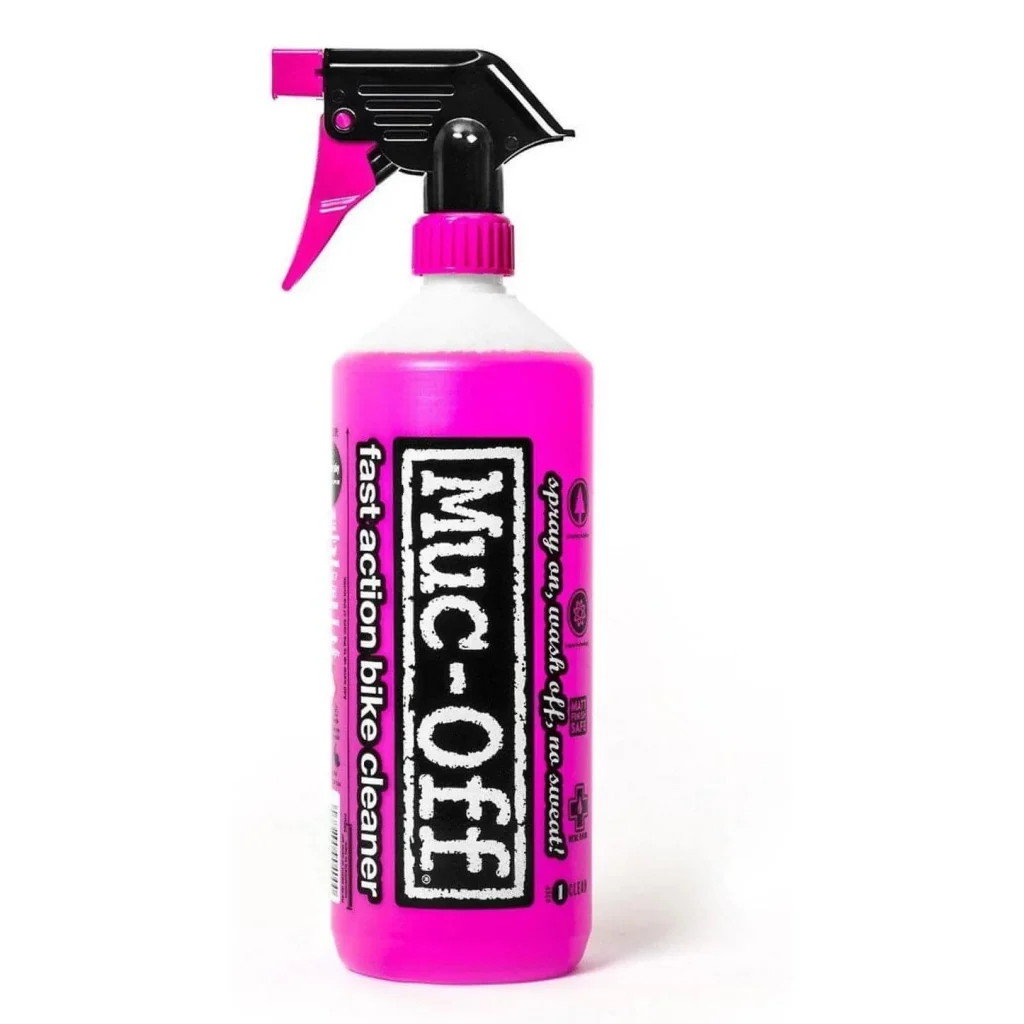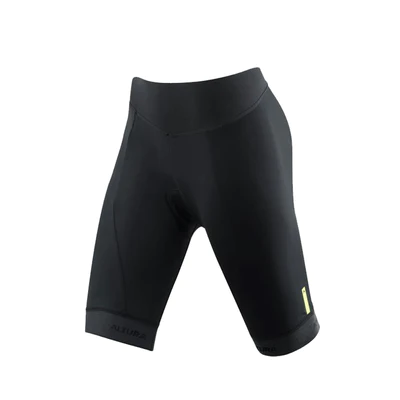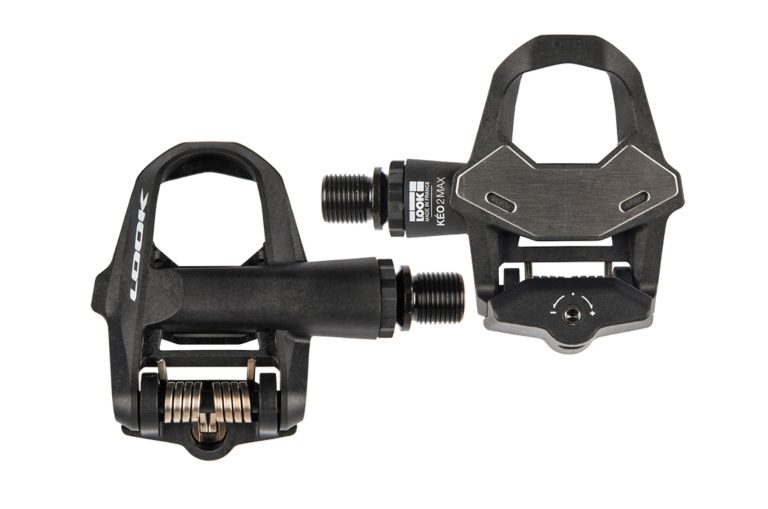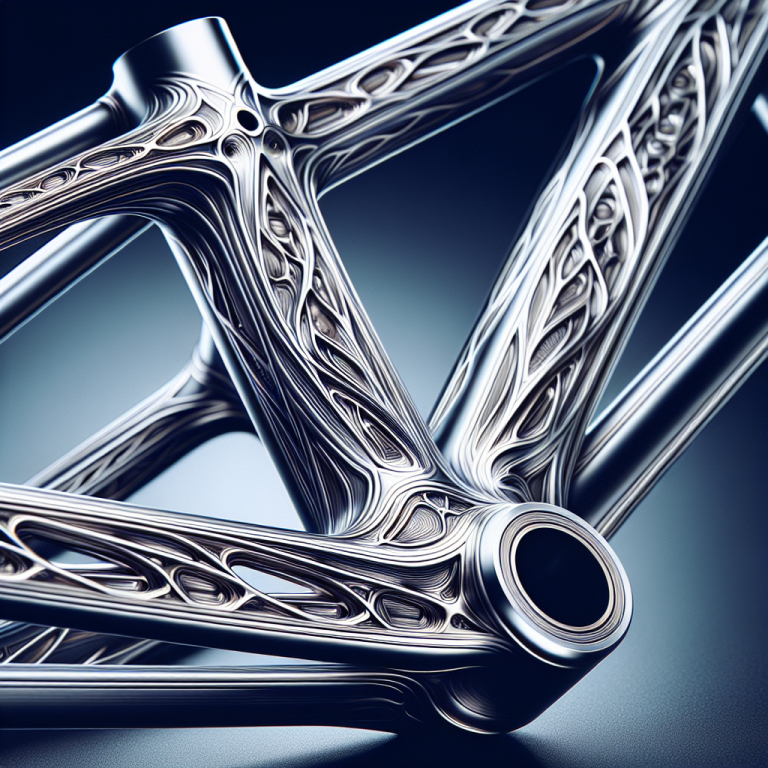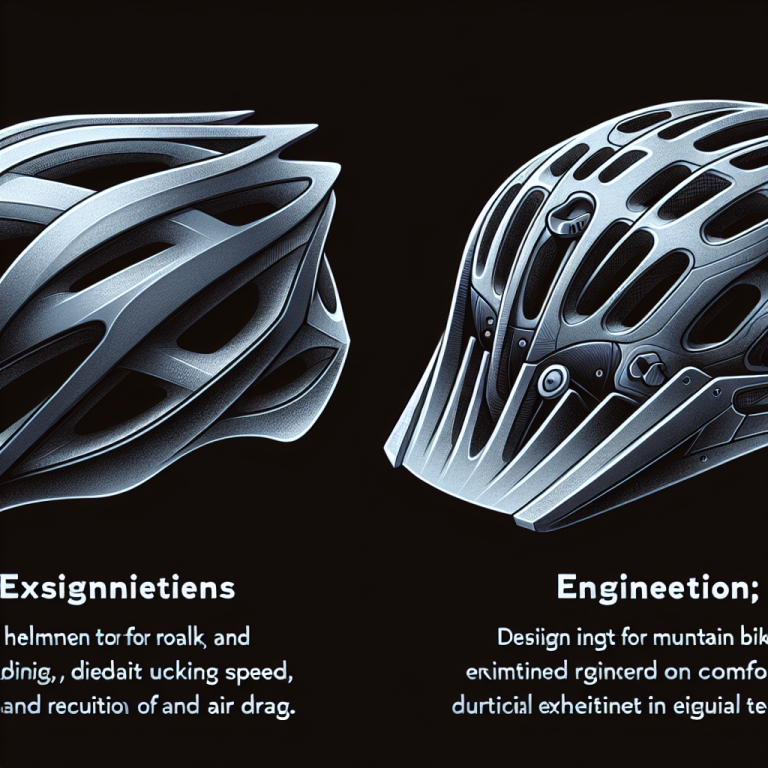Maintaining your bike’s cleanliness might sound like a hassle, but have you ever wondered if it’s really necessary? Keeping your bike sparkling clean after every ride not only extends its lifespan but also ensures a smooth and safe cycling experience. In this article, we’ll delve into the reasons why cleaning your bike regularly is essential and the simple steps you can take to keep your two-wheeled companion shining like new. So, grab a sponge and join us as we explore the benefits of post-ride bike cleaning!
Table of Contents
ToggleReasons to Clean Your Bike
Prevent Dirt and Debris Build-up
Cleaning your bike after every ride helps to prevent the build-up of dirt and debris. When you ride your bike, it is inevitable that it will come into contact with dust, dirt, sand, and other forms of grime. If left uncleaned, these particles can accumulate on various parts of your bike, including the frame, wheels, drivetrain, and chain. Over time, this build-up can affect the performance of your bike, causing it to become less efficient and more prone to wear and tear.
Maintain Performance and Efficiency
Regular cleaning of your bike is essential for maintaining its performance and efficiency. Dirt and grime can clog up the moving parts of your bike, such as the chain and gears, resulting in decreased performance. By keeping your bike clean, you ensure that these components can move freely and smoothly, allowing for optimal performance and a smoother ride. A clean bike also reduces friction, which can improve your overall speed and efficiency while cycling.
Extend the Lifespan of Your Bike
Cleaning your bike after every ride can significantly extend its lifespan. Dirt and debris can be abrasive and cause unnecessary wear and tear on your bike’s components. By removing these particles regularly, you reduce the risk of damage and prolong the lifespan of your bike. Additionally, cleaning your bike allows you to inspect it for any signs of damage or wear, allowing you to address these issues before they worsen and potentially lead to costly repairs or replacements.
Protect and Preserve Bike Components
Regular cleaning of your bike helps to protect and preserve its various components. Exposure to dirt, debris, and moisture can lead to corrosion and rust, especially on metal parts. By keeping your bike clean, you prevent these corrosive elements from causing damage and deterioration. Additionally, cleaning your bike gives you the opportunity to apply lubrication to the necessary components, such as the chain and gears, which further protects them from excessive friction and wear.
Factors to Consider
Riding Conditions
The riding conditions you encounter affect how frequently you should clean your bike. If you frequently ride in dusty or muddy environments, your bike is more likely to accumulate dirt and debris. In such cases, cleaning your bike after every ride is highly recommended to prevent build-up and potential damage. On the other hand, if you mainly ride on clean, paved roads, you may be able to clean your bike less frequently.
Bike Usage and Frequency
The frequency of bike usage is another important factor to consider when determining how often to clean your bike. If you ride your bike daily or participate in long-distance rides, it is crucial to clean your bike more frequently. The more you use your bike, the more opportunities there are for dirt and debris to accumulate. However, if you only use your bike occasionally, cleaning it after every ride may not be necessary, but regular cleaning and maintenance are still recommended.
Time Constraints
Time constraints can also impact your ability to clean your bike after every ride. It is understandable that you may not always have enough time to thoroughly clean your bike, especially if you have a busy schedule. In such situations, it is still important to at least perform some basic cleaning tasks, such as wiping down the frame and chain, to remove any visible dirt or grime. Regularly scheduling more thorough cleaning sessions can help compensate for time constraints and ensure your bike receives the necessary care.
Personal Preference
Ultimately, how often you clean your bike comes down to personal preference. Some individuals take great pride in having a meticulously clean bike and enjoy the process of cleaning it after every ride. For others, cleaning their bike may feel like a chore. It is important to find a balance that works for you. While cleaning your bike after every ride offers numerous benefits, it is also crucial to find a routine that is manageable for your lifestyle and still allows you to maintain your bike’s performance and longevity.
Cleaning your Bike: Step-by-Step Guide
Gather the Necessary Supplies
Before you start cleaning your bike, gather all the necessary supplies. This includes a bucket or hose for water, a mild detergent or bike-specific cleaner, a sponge or brush, a soft cloth or microfiber towel, bike lubricant, a chain cleaner tool, and any other cleaning tools you may need.
Preparation and Safety Measures
Before you begin cleaning your bike, take some safety precautions. Find a well-ventilated area to work in, ideally outdoors. Make sure your bike is securely positioned and stable, either by using a bike stand or by propping it against a wall or solid surface. If you are using a hose for water, ensure that the water pressure is not too high, as excessive force can damage delicate bike components.
Cleaning the Frame and Wheels
Start by cleaning the frame and wheels of your bike. Use a sponge or brush and a mixture of mild detergent or bike-specific cleaner and water to gently scrub away any dirt or grime. Pay extra attention to hard-to-reach areas, such as joints and crevices. Rinse off the cleaning solution thoroughly with water, making sure to remove all soap residue.
Cleaning the Drivetrain
Next, focus on cleaning the drivetrain, which includes the chain, gears, and derailleurs. Use a chain cleaner tool or a brush to remove any dirt or debris from the chain. Apply a small amount of degreaser or a bike-specific chain cleaner to the chain and scrub it with a brush or sponge. Rinse off the degreaser thoroughly with water. Use a brush or cloth to clean the gears and derailleurs, ensuring they are free from dirt and grime.
Inspecting and Lubricating the Chain
After cleaning the chain, inspect it for any signs of wear, damage, or rust. Look for any loose or damaged links and ensure that the chain is properly lubricated. Apply a few drops of bike lubricant to the chain, allowing it to penetrate the links. Wipe off any excess lubricant using a clean cloth or towel. Proper lubrication helps to reduce friction and prolong the life of your chain.
Drying and Polishing
Once you have finished cleaning and lubricating your bike, dry it thoroughly using a soft cloth or microfiber towel. Remove any remaining water droplets to prevent the formation of water spots. Pay attention to any intricate or hard-to-reach areas. After drying, you can optionally apply a bike polish or wax to protect and enhance the appearance of the frame and other bike components.
Storage
Finally, consider proper storage for your clean bike. Store it in a dry and protected area, preferably indoors. If you won’t be using your bike for an extended period, consider covering it with a bike cover or using a bike storage rack to prevent dust and debris from settling on it.
Benefits of Cleaning After Each Ride
Prevents Corrosion and Rust
Cleaning your bike after every ride helps to prevent corrosion and rust. Moisture and accumulated dirt can cause metal parts to corrode, leading to weakened components and decreased performance. By removing these corrosive elements regularly, you preserve the integrity of your bike and ensure its long-term durability.
Reduces Wear and Tear
Regular cleaning reduces wear and tear on your bike’s components. Dirt and debris act as abrasive particles, gradually eroding the surfaces of your bike’s parts. By removing these particles after every ride, you minimize the friction and abrasion that can lead to premature component failure, extending the lifespan of your bike.
Maintains Optimal Bicycle Performance
Cleaning your bike after every ride helps to maintain optimal performance. A clean bike ensures that all moving parts, such as the chain, gears, and derailleurs, can operate smoothly. This results in improved shifting, efficient pedaling, and overall better performance during your rides.
Improves Shifting and Braking
A clean bike leads to improved shifting and braking. Dirt and grime can interfere with the precision and smoothness of gear changes, making shifting less reliable and causing unnecessary strain on your bike’s components. Similarly, dirty brakes may not provide the necessary stopping power. Regular cleaning ensures that your gears and brakes function properly, improving both your safety and riding experience.
Saves Money on Repairs in the Long Run
Regular cleaning of your bike can save you money on repairs in the long run. By taking proactive care of your bike and addressing any issues promptly, you can prevent minor problems from escalating into major ones. Additionally, by keeping your bike clean and well-maintained, you reduce the likelihood of component failure and the need for expensive replacements.
Potential Downsides of Frequent Cleaning
Time and Effort Required
Frequent cleaning of your bike does require time and effort. Cleaning your bike after every ride can be a more time-consuming process, especially if you ride regularly. However, it is important to consider the long-term benefits and think of bike cleaning as an investment in the longevity and performance of your bike.
Possible Damage if Done Incorrectly
While cleaning your bike regularly is important, it is equally crucial to clean it correctly. Using improper cleaning techniques or harsh chemicals can potentially damage your bike’s components. It is essential to educate yourself on proper cleaning methods and use bike-specific cleaning products. If you are uncertain, consult a professional or a knowledgeable bike store staff.
Overuse of Cleaning Products
Using too many cleaning products and over-cleaning your bike can also have negative effects. Excessive use of cleaning chemicals or abrasive materials can strip away protective coatings, cause premature component wear, or damage delicate surfaces. Follow the recommended guidelines for cleaning products and avoid unnecessary over-cleaning.
Alternative Cleaning Recommendations
Clean Based on Riding Conditions
If cleaning your bike after every ride seems impractical, consider adjusting your cleaning schedule based on the riding conditions. For example, if you ride in dry and clean environments, you may only need to clean your bike after a few rides. On the other hand, if you encounter muddy or wet conditions, it is essential to clean your bike thoroughly after each ride.
Focus on Critical Components
If time is limited, focus on cleaning the critical components of your bike. Concentrate on the drivetrain, including the chain, gears, and derailleurs, as these are the parts that are most prone to accumulating dirt and affecting performance. Regularly inspect and clean these components to ensure optimal functionality.
Use Quick Clean Sprays or Wipes
For quick and convenient cleaning, consider using quick clean sprays or wipes designed for bikes. These products offer a convenient way to remove surface dirt and grime without the need for extensive cleaning. While they may not provide the same level of cleaning as a thorough washing, they can be effective for regular maintenance between deeper cleaning sessions.
Tips for Efficient Bike Cleaning
Establish a Routine
Establishing a regular cleaning routine can help ensure that your bike receives the necessary care. Whether it’s cleaning after every ride, once a week, or after a specific number of rides, having a routine makes the cleaning process more manageable and increases your bike’s longevity.
Use Appropriate Cleaning Tools
Using appropriate cleaning tools is crucial to avoid damaging your bike during the cleaning process. Invest in a soft sponge or brush, microfiber towels, and bike-specific cleaning products. Avoid using harsh chemicals or abrasive materials that can scratch or corrode your bike’s components.
Protect Sensitive Parts
When cleaning your bike, pay attention to sensitive parts that may be more vulnerable to damage. For example, take extra care when cleaning the suspension, brakes, and electronic components. Consult your bike’s instruction manual or seek professional advice on the best cleaning methods for these specific parts.
Properly Dispose of Cleaning Chemicals
When cleaning your bike, it is important to dispose of any cleaning chemicals properly. Avoid letting the cleaning solution or water with cleaning residue enter storm drains or bodies of water, as this can harm the environment. Dispose of any cleaning chemicals according to local regulations or seek guidance from your local recycling center.
Conclusion
Cleaning your bike after every ride offers numerous benefits, including preventing dirt build-up, maintaining performance and efficiency, extending the lifespan of your bike, and protecting and preserving its components. Factors such as riding conditions, bike usage and frequency, time constraints, and personal preference should be considered when determining the appropriate cleaning frequency. While frequent cleaning has its downsides, such as time and effort required, the benefits of regular cleaning outweigh the potential drawbacks. By establishing a cleaning routine, using appropriate tools, and focusing on critical components, you can efficiently clean your bike and enjoy the advantages of improved performance, longevity, and savings on repairs in the long run.

